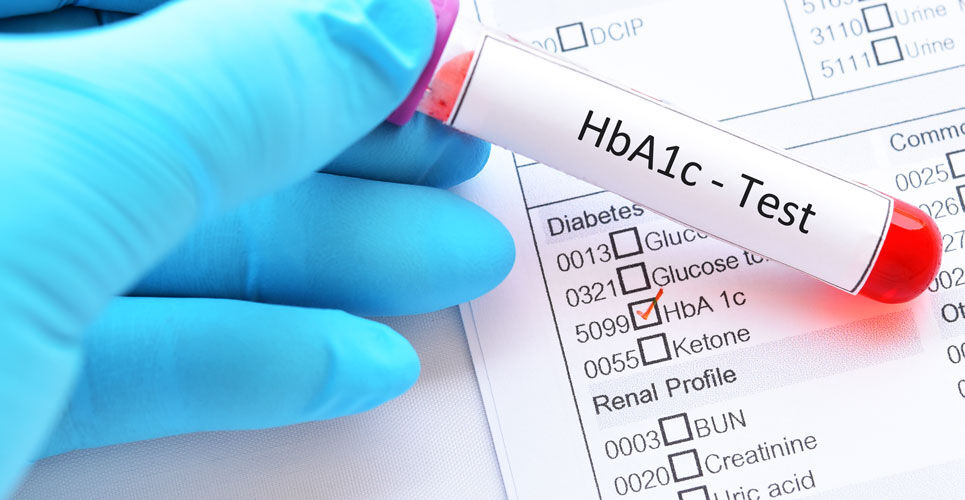Early glycaemic control in people with type 2 diabetes lowers the risk of adverse cardiovascular outcomes in the first year after diagnosis
Gaining early glycaemic control in patients with type 2 diabetes reduces the incidence of adverse cardiovascular outcomes according to the findings of a retrospective study by a team from the Department of Clinical & Experimental Medicine, University of Surrey, UK.
Patients with type 2 diabetes (T2D) are at a higher risk of death and adverse cardiovascular outcomes than those without the condition. Furthermore, poor control of diabetes defined by an increased level of glycated haemoglobin levels (HbA1c) is also known to be a risk factor for myocardial infarction (MI). In fact, one study found that each 1% higher HbA1c was associated with an 18% greater risk of MI. In addition, the HbA1c levels 3 months post-diabetes diagnosis, has been found to be a strong predictor of subsequent mortality.
However, whether tight glycaemic control in patients who have a high HbA1c after diagnosis, is associated with a reduction in adverse cardiovascular outcomes remains uncertain. For the present study, the UK researchers looked at the effect of changes in HbA1c levels in the first year after a diagnosis of T2D and how this impacted on the incidence of cardiovascular events. A further consideration was the effect of glycaemic variability on cardiovascular events as there is some evidence to show that having consistent glycaemic control reduces the risk of vascular events and death in type 2 diabetes.
The team reviewed the records of adults with a diagnosis of T2D and an HbA1c level recorded at diagnosis and after 1 year and with an additional five measurements recorded over time. The HbA1c values were categorised into three groups: group A (HbA1c < 7.5%), group B (HbA1c 7.5% – 9.0%) and group C (HbA1c > 9.0%). The team then recorded the individual patient’s group status at the end of the first year, for instance, a status of A to A, meant that the person’s levels remained in group A, a C to A status meant that values transitioned from C to A during the first year and so on. A glycaemic variability score was also calculated, based on the number of times the HbA1c reading differed by more than 0.5% and the results categorised into 5 groups, depending on the level of variability (e.g., 0 – 20, 21 – 40 up to 81 – 100). The primary outcome of interest was the first occurrence of a major adverse cardiovascular event (MACE) which included myocardial infarction, coronary intervention, stroke, amputation/limb revascularisation.

Early glycaemic control and MACE
A total of 26,180 individuals with TD2 and a mean age of 68.7 years (43.9% female) were identified and included in the analysis.
The proportion of individuals categorised as A to A was 48%, whereas only 1.5% were categorised as C to A. A total of 2,300 MACE events occurred in the 26,180 individuals with type 2 diabetes and the median time to the first MACE was 635 days. Compared to those in the A to A group after the first year, individuals who transitioned from C to A had a significantly reduced risk of MACE (hazard ratio, HR = 0.75, 95% CI 0.60 – 0.94, p = 0.014). In addition, individuals who displayed the greater glycaemic variability (81 – 100) also had the highest risk for MACE (HR = 1.51, 95% CI 1.11 – 2.06, p = 0.0096) compared to those in the lowest (0 – 20) group.
The authors concluded that both transitioning to an HbA1c <7.5% within the first year after a T2D diagnosis and lack of substantial glycaemic variability were both associated with reduced MACE events.
Citation
Whyte MB et al. Early and ongoing stable glycaemic control is associated with a reduction in major adverse cardiovascular events (MACE) in people with type 2 diabetes: primary care cohort study Diabetes Obes Metab 2022

